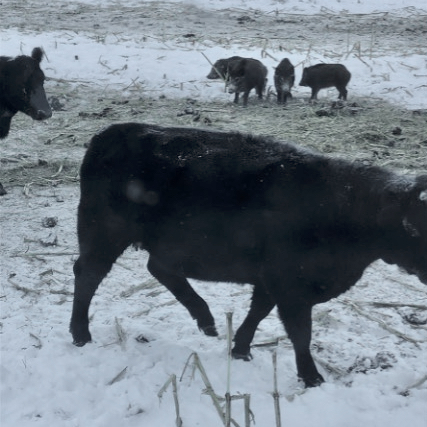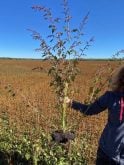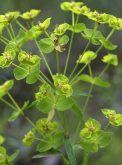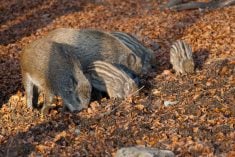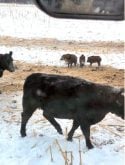Wild pigs are defined as any pig living outside the control of people, including Eurasian wild boar and their hybrids and feral domestic pigs now living in the wild. The biggest threat, however, is posed by Eurasian wild boar, which have adapted to our climate and have become a destructive invasive species.
They have been described as an “ecological train wreck” because:
Read Also

Lactanet moves to monthly on dairy genetic reports
Lactanet is now publishing monthly dairy genetic evaluations, giving dairy farmers more up-to-date data to make breeding decisions.
- They are omnivorous and will eat anything: This includes ground nesting bird eggs, small marsh animals, acorns, forages and grain crops, as well as stored feeds.
Their rooting behaviour removes grubs and insects that are food for other wildlife and destroys planted crops, pastures and green spaces. Their wallowing behaviour sullies waterways. Having wild pigs on the landscape has significant negative impact on native species such as deer, turkeys, geese, ducks, upland birds and endangered small animals like skinks.
- Their home ranges can expand quickly: They can travel several hundred kilometres in search of food, shelter and breeding opportunities, or in response to recreational hunting pressure.
There have been sightings throughout most of southern Manitoba, most of them in the Spruce Woods area southeast of Brandon, where a known breeding population exists. It is important to identify the locations of wild pigs to begin the process of control and removal.

- They reproduce at an alarming, exponential rate: A female pig can become sexually mature at one year of age and subsequently have two litters per year of four to eight piglets. Breeding can occur year-round.
Because they reproduce so quickly, at least 70 per cent of the animals must be removed each year, just to avoid population expansion. This means early and aggressive intervention is essential to make any headway.
- They can be the vector for dozens of diseases: Wild pigs can contract and spread foreign animal diseases such as African swine fever, classical swine fever and foot-and-mouth disease, putting at risk Manitoba’s domestic swine herd.
They can also be a vector for diseases such as tuberculosis or brucellosis, which could threaten beef cattle herds or human health. Because they can be aggressive when threatened, encounters with wild pigs are a significant risk to human safety.
- They are an invasive species and have no natural predators: Wild pigs congregate in groups called sounders, consisting of breeding and adolescent females and their offspring.
Mature boars often travel long distances in search of females. There are no natural predators that will confront a sounder of females, who will aggressively defend their young. Their large tusks can inflict severe wounds on any animal or person that threatens them.
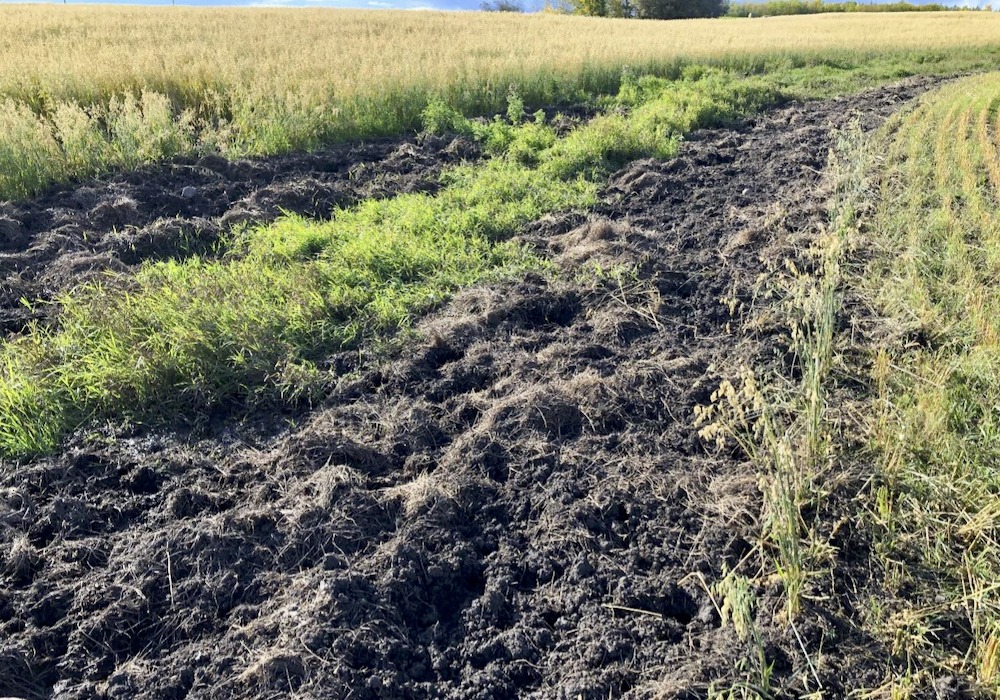
Squeal on Pigs Manitoba was launched in January 2022 to raise public awareness about the threat of wild pigs and identify their locations in Manitoba. The goal is to control and eventually eliminate the wild pig population in Manitoba.
Squeal on Pigs Manitoba is supported by funds from the federal and provincial governments and Manitoba Pork Council. We partner with many other conservation organizations in Manitoba to increase public awareness, coordinate surveillance and control activities and share new research and best practices.
In 2022, 127 sightings were reported and 122 wild pigs were removed. In 2023, 156 sightings were reported and 127 wild pigs were removed.
One of the biggest challenges is finding them. We rely on public awareness to report sightings, using our website, www.squealonpigsmb.org or our toll-free phone line 1-833-SPOT PIG.
These reports give us the opportunity to interview local landowners and scout areas using trail cameras and thermal imaging drones. If wild pigs are found, landowner collaboration is established to create a baiting site and set capture traps.
Our goal is to capture the whole group. Lessons learned from other jurisdictions have demonstrated that recreational hunting might remove one or two pigs, but it will scatter the rest, making control efforts much more difficult.
We encourage the public to report any sighting so we can eventually eliminate this destructive, invasive species from Manitoba. For more information, visit our website to view photos, maps and annual reports.
– Wayne Lees is the co-ordinator for the Squeal on Pigs program in Manitoba. This article was submitted in recognition of Manitoba’s Invasive Species Awareness Week April 21-27.

